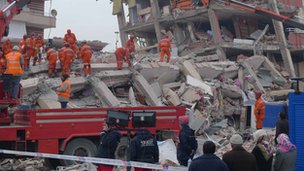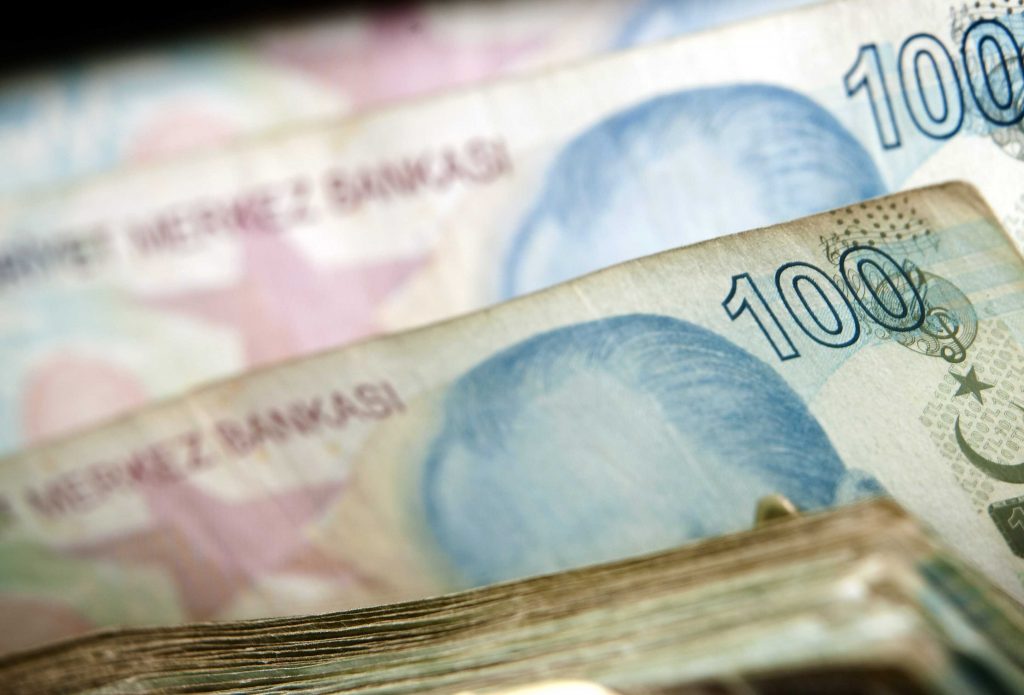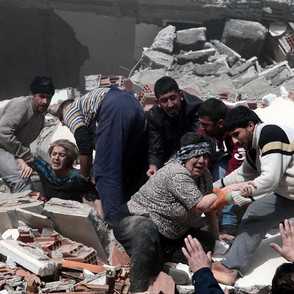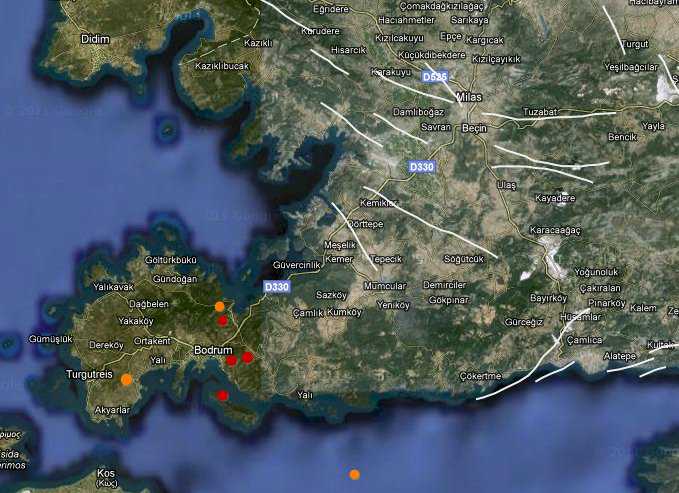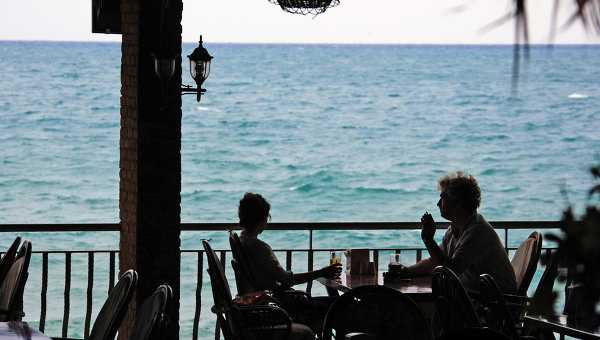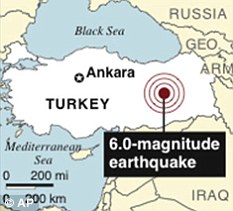By Jonathan Head BBC News, Istanbul

Related Stories
- Search for Turkey quake survivors
- How to measure earthquakes
- Can we predict earthquakes?
The precise time and place of an earthquake cannot be predicted – that is what you will hear from any seismologist charged with monitoring the grinding and shuddering of the earth’s surface in geologically active regions.
But they can state with confidence in which areas there is a very high probability of a big earthquake, within a few decades.
Ercis, a town of around 100,000 in eastern Turkey is in just such an area. It lies close to one of the many fault-lines caused by the collision of the Arabian and Eurasian tectonic plates.
The most recent major earthquake struck in the early afternoon on 23 October, so people were not caught asleep in the beds.
Yet more than 600 people died there, and in city of Van to the south. They died because multi-storey apartment blocks collapsed in a matter of seconds, one concrete floor pancaking onto another, crushing anyone who could not get out.
Wave of anger
Turkey was supposed to have learned its lesson in 1999, when a powerful earthquake hit the western city of Kocaeli, in one of the most industrialised parts of the country.
At least 17,000 died in that disaster, most again in poorly built high-rise residential blocks.
The rescue effort was slow and chaotic, provoking a wave of public anger against the government at the time.
Twelve years later, the search and rescue response was much better, but it was not perfect.
Some of the teams in Ercis complained that they were sent without adequate support.
It took days for tents to arrive; most were not suited to the harsh winters of eastern Turkey, and distribution was haphazard.
This raises a question never far from the minds of people living in Istanbul, Turkey’s largest city with 15 million inhabitants.
How will the authorities cope when disaster strikes there?
There has been an average of one big earthquake every century in Istanbul for the past 1,500 years. The last one was in 1894. By any reckoning, the city is due for another.
“In the Istanbul metropolitan area there are around one million buildings,” said Mustafa Erdik, the director of the main seismic observatory in Kandilli.
“In a major earthquake we would expect 40-50% to receive some sort of damage; 3-4% would be very badly damaged, with perhaps 5,000 experiencing pancake collapses.
“Search and rescue in this situation would be very difficult to carry out”.
The problem is, officials cannot be sure which 5,000 buildings will collapse – there are tens of thousands which might. Strengthening them to modern safety standards is just too big a job to undertake.
Quake preparations
There are areas of Istanbul judged to be more vulnerable than others: Zeytinburnu, for example, a fast-growing suburb to the west of the city, built on soft soil near the Marmara Sea.
Seyda Sever works for a disaster awareness campaign group, and spends a lot of time in Zeytinburnu, trying to help its inhabitants prepare themselves for a quake.

She believes many of the buildings there would sustain significant damage. Zeytinburnu started as a slum area, where people built their own houses, and then added floors to them, without any inspection for structural strength.
Reinforcing them, she says, would cost more than the value of the buildings – it would be better to knock them down and rebuild.
The government has offered to move residents to new, safer housing estates further out from the city, but this has not proved a popular idea.
“The people know this is a risky area to live in, but they don’t want to move,” said Ms Sever.
“They’ve heard a lot of gossip that the government will build big hotels here, and that their land will become more valuable. And this is their home – it’s not easy to ask people to move somewhere with no neighbourhood structure.”
In the absence of any other solution, Ms Sever focuses her training on smaller safety precautions, like having and knowing how to use a fire extinguisher, and working out safe places to shelter when an earthquake starts.
Alarming cracks
Some of Zeytinburnu’s residents have made efforts to strengthen their own homes.
Ilhan Ozkaya owns a four-storey building which houses his extended family. After the 1999 disaster he put concrete buttressing at the corners of the building, which he is confident will help it resist the lateral shaking that brings many structures down in an earthquake.
But he cannot be sure, because he has never had it professionally checked.
“Even if they want to check their buildings, it costs five thousand lira (£1,750; $2,700) to have it done properly by a university,” said Ms Sever. “Not everyone can afford that. This is one area where the government could help, by making it more affordable”.
Next door to Ilhan Ozkaya, Ayse Bestan took me up to her fourth floor apartment, and showed me a number of alarming cracks in the walls.
“A woman from the municipality came here, and said she could not see a single safe place to hide in an earthquake,” she said. “With every tremor, some pieces fall off the walls.”
Ms Bestan is a widow, with a son to look after, and only part-time work. She says she cannot afford to do anything to improve the home she lives in – she does not own it, and the owner is not interested.
Wait and hope

Mustafa Erdik is confident most recent buildings in Istanbul have been constructed to a high standard.
The building codes have already been good for many years – the problem has been making sure contractors adhere to them.
With the dramatic growth of the economy, he says big developers have moved in, building hundreds of houses at a time, and they tend to have higher safety standards. But he believes the government should do more.
“They should introduce professional engineering in Turkey,” he said. “Currently any engineer with a four-year degree can sign any project he wants.
“The second step is licensing the contractors, with proper insurance schemes for malpractice. The third step is the proper quality control.”
Over time, the number of substandard buildings will decrease in Istanbul. The millions of people still living in them can do little else but hope that the big earthquake hits Istanbul later, rather than sooner.

